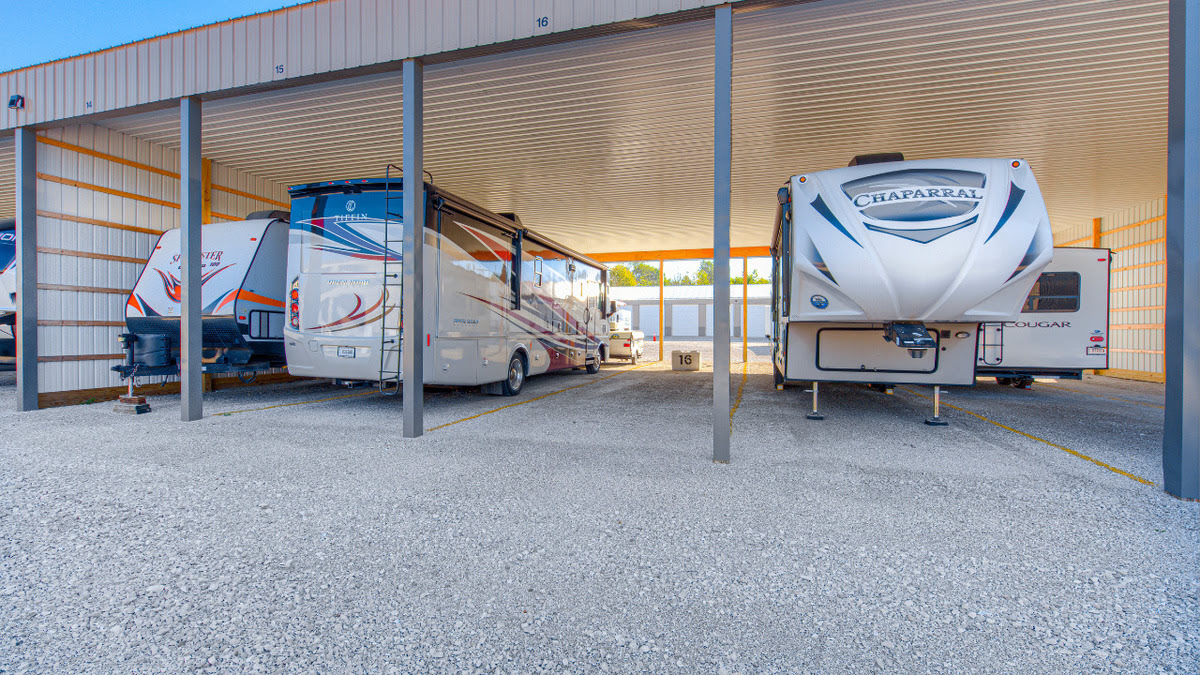

Articles
How To Store RV
Modified: February 27, 2024
Learn the best articles on how to store RVs properly and keep them in excellent condition. Find expert tips and advice for RV storage.
(Many of the links in this article redirect to a specific reviewed product. Your purchase of these products through affiliate links helps to generate commission for Storables.com, at no extra cost. Learn more)
Introduction
Storing your RV properly is essential for maintaining its condition and ensuring that it will be ready to hit the road when you need it. Whether you are putting your RV away for the winter or simply looking for a safe and secure spot to store it between trips, following the right procedures and taking the necessary precautions is crucial.
In this article, we will guide you through the process of storing your RV, from finding the right storage facility to preparing your RV for a period of inactivity. We will cover everything you need to know to keep your RV in top shape and ready for your next adventure.
So, let’s dive in and discover the best practices for RV storage!
Key Takeaways:
- Choosing the right storage facility, preparing your RV for storage, and securing its exterior are crucial steps to ensure your RV remains in top shape and ready for your next adventure.
- Investing in a quality RV cover, monitoring moisture levels, and following additional tips such as keeping batteries charged and reviewing insurance coverage will significantly prolong the life and appearance of your RV while it’s in storage.
Read more: How To Store An Rv
Finding the Right Storage Facility
When it comes to storing your RV, choosing the right storage facility is crucial. Here are some key factors to consider:
- Location: Look for a storage facility that is conveniently located and easily accessible. This will make it more convenient for you to drop off and pick up your RV whenever needed.
- Security: Ensure that the storage facility has proper security measures in place, such as surveillance cameras, gated access, and adequate lighting. You want to have peace of mind knowing that your RV is safe and secure.
- Size of Storage Spaces: Make sure the storage facility has spaces available that can accommodate your RV’s size. Measure the dimensions of your RV and compare them with the storage options provided by the facility.
- Covered or Uncovered: Decide whether you prefer storing your RV in a covered or uncovered space. Covered storage is ideal for protecting your RV from the elements, while uncovered storage may be more budget-friendly.
- Access Hours: Check the access hours of the storage facility to ensure that they align with your schedule. Some facilities have limited access hours, while others offer 24/7 access.
- Reviews and Recommendations: Research online reviews and seek recommendations from fellow RV owners to get a sense of the reputation and reliability of the storage facility you are considering.
Take the time to visit potential storage facilities in person to assess their cleanliness, overall condition, and available amenities. Don’t hesitate to ask questions and clarify any concerns you may have before making a decision.
By choosing the right storage facility, you can ensure that your RV is stored in a secure and suitable environment, giving you peace of mind during its time off the road.
Preparing Your RV for Storage
Before storing your RV, it’s important to properly prepare it to ensure that it remains in good condition during its time off the road. Here are some essential steps to follow:
- Clean the Interior: Thoroughly clean the interior of your RV, removing any food, trash, or perishable items. Wipe down all surfaces, vacuum the floors, and ensure that everything is tidy. This will help prevent odors, mold, and pests from taking hold while in storage.
- Empty Refrigerator and Freezer: Remove all food from the refrigerator and freezer, and clean them thoroughly. Leave the refrigerator and freezer doors slightly ajar to promote air circulation and prevent mildew.
- Inspect and Repair: Take the time to carefully inspect your RV for any damage or issues that need to be addressed. Check the roof for leaks, examine the tires for any signs of wear or damage, and inspect all systems, such as electrical, plumbing, and HVAC. Make necessary repairs before storing your RV to prevent further damage.
- Drain Water Systems: Empty and drain all the water tanks, including the fresh water, gray water, and black water tanks. Flush out the water lines to ensure no water remains, as stagnant water can lead to mold and damage the plumbing system.
- Empty Fuel Tanks: If your RV has a fuel tank, it’s best to empty it or use a fuel stabilizer to prevent the fuel from degrading during storage. Consult your RV owner’s manual for specific instructions.
- Remove Batteries: Disconnect and remove the batteries from your RV. Store them in a cool, dry place and periodically check their charge levels to ensure they don’t become fully depleted.
- Protect the Interior: Cover the windows with shades or curtains to prevent sun damage to the interior. You can also use reflective windshield covers to reduce heat buildup inside the RV.
By taking the time to properly prepare your RV for storage, you will minimize the risk of damage and ensure that your RV remains in good condition until you are ready to use it again. Always refer to your RV’s owner’s manual for specific instructions and recommendations.
Cleaning and Organizing the Interior
When storing your RV, it’s important to clean and organize the interior to maintain a fresh and tidy space. Here are some steps to follow:
- Start with a Deep Clean: Begin by thoroughly cleaning all surfaces inside the RV. Dust and wipe down countertops, cabinets, and furniture. Vacuum or mop the floors, and don’t forget to clean the windows and mirrors.
- Declutter and Remove Personal Items: Remove any personal items from the RV to prevent them from getting damaged or causing potential issues during storage. Take out bedding, towels, and any perishable or sensitive items.
- Organize Storage Spaces: Maximize your storage space by organizing it effectively. Utilize storage bins, organizers, and shelves to keep items in their designated places. This will not only make it easier to find things later but also prevent items from shifting and potentially causing damage.
- Protect Upholstery and Furniture: Use covers or protective blankets to shield upholstery and furniture from dust, sunlight, and potential stains during storage. Consider using moisture-absorbing products, such as silica gel packets, to prevent moisture buildup and mold growth.
- Clean Appliances and Fixtures: Clean and wipe down all appliances, fixtures, and bathroom areas. Empty and clean the oven, microwave, and refrigerator thoroughly. Don’t forget to clean the toilet, shower, and sinks.
- Check for Pest Control: Take precautions against pests by sealing any openings or cracks that may serve as entry points. Use pest control products, such as traps or deterrents, to discourage pests from entering the RV during storage.
Creating a clean and organized interior will not only help protect your RV from dirt and damage but also make it easier for you to get back on the road when you’re ready. Remember to address any specific cleaning and organizing needs based on the type and size of your RV.
Emptying and Preparing the Water Systems
One crucial step in preparing your RV for storage is properly emptying and preparing the water systems. Here’s what you need to do:
- Drain the Fresh Water Tank: Begin by draining the fresh water tank completely. Locate the drain valve, usually located on the underside of the tank. Open the valve and let all the water drain out. Once empty, close the valve securely.
- Flush the Water Lines: Next, flush out the water lines to remove any remaining water. Start by turning off the water pump and opening all faucets, including both hot and cold water. Allow the water to run until it stops flowing completely.
- Empty the Hot Water Tank: If your RV has a hot water tank, empty it as well. Locate the drain valve for the tank, usually found near the bottom. Open the valve and let all the water drain out. Leave the valve open to ensure complete emptying.
- Flush and Clean Holding Tanks: Empty and flush out the gray water and black water tanks. Use the designated dump station or sewer connection to empty the tanks completely. After emptying, add a tank cleaner or deodorizer to eliminate any odors and keep the tanks clean during storage.
- Antifreeze for Winter Storage: If you are storing your RV during the winter in a location with freezing temperatures, it’s crucial to protect your water systems from damage. Use RV-specific antifreeze to protect the plumbing system. Follow the manufacturer’s instructions and pour the antifreeze into the drains, toilets, and water lines, ensuring that all water sources are protected.
By properly emptying and preparing the water systems, you’ll prevent water damage, freezing, and potential plumbing issues during the storage period. This will save you from costly repairs and ensure that your RV is ready for use when you take it out of storage.
When storing an RV, make sure to clean and empty all tanks, disconnect the battery, and cover the tires to protect them from the elements. This will help prevent damage and keep your RV in good condition for future use.
Read more: How To Store Dishes In An Rv
Securing the Exterior
Securing the exterior of your RV is vital to protect it from the elements and potential damage. Here are some steps to ensure the exterior is properly secured:
- Clean and Wax: Before storing your RV, give the exterior a thorough cleaning. Remove any dirt, grime, or debris that may have accumulated. Once cleaned, consider applying a coat of wax to protect the exterior from UV rays and other environmental elements.
- Inspect Seals and Gaskets: Check all the seals and gaskets around windows, doors, and vents. Look for signs of wear, cracking, or damage. Replace any damaged seals to prevent leaks and water intrusion during storage.
- Close and Lock All Doors and Windows: Ensure that all doors, windows, and storage compartments are tightly closed and securely locked. This will prevent unauthorized access and keep the interior protected.
- Remove Exterior Accessories: Take off any removable exterior accessories, such as bike racks, grills, or awnings. Storing them separately will prevent them from getting damaged or causing unnecessary strain on the RV’s exterior during storage.
- Check and Inflate Tires: Inspect the tires for any signs of wear, cracks, or low pressure. Inflate them to the recommended levels. Consider using tire covers to protect them from UV rays and minimize the risk of dry rot.
- Use Wheel Chocks: Place wheel chocks on both sides of the tires to prevent the RV from accidentally rolling or shifting during storage. This adds an extra layer of stability and helps protect the tires.
- Stabilize the RV: If possible, engage the stabilizing jacks to provide additional stability and support to the RV. This will help prevent excessive movement and reduce stress on the suspension system.
By properly securing the exterior of your RV, you can ensure that it remains protected and in good condition while stored. Taking these precautions will go a long way in preserving the longevity and appearance of your RV.
Covering and Protecting Your RV
Covering and protecting your RV during storage is essential for shielding it from the elements and minimizing potential damage. Here are some key steps to follow:
- Invest in a Quality RV Cover: Purchase a high-quality RV cover that is specifically designed to fit your RV. Look for a cover that is made of durable, breathable material and offers protection against UV rays, rain, snow, and debris. Ensure that the cover is well-fitted and securely fastened to provide maximum protection.
- Clean and Dry the Exterior: Thoroughly clean and dry the exterior of your RV before covering it. Remove any dirt, dust, or grime that could potentially damage the RV’s paint or finish. Pay attention to the roof and awnings, as these areas are prone to collecting debris.
- Use Tire Covers: Consider using tire covers to protect the tires from the sun’s UV rays, which can cause premature wear and cracking. Tire covers also help keep the tires clean and prevent them from becoming a nesting ground for pests.
- Cover Vents and Openings: To prevent any unwanted critters from entering your RV, cover all vents, exhaust openings, and other openings that may serve as entry points. Use specialized vent covers and screens to allow airflow while keeping out pests.
- Secure Awnings and Slides: If your RV has awnings or slide-outs, make sure they are securely retracted and locked in place. This will protect them from wind damage and minimize the risk of leaks or tears.
- Monitor Moisture Levels: Even with the RV covered, it’s important to monitor moisture levels inside the RV. Use moisture-absorbing products such as desiccant bags or dehumidifiers to reduce humidity and prevent mold or mildew growth.
- Regularly Inspect and Remove Debris: Periodically inspect the RV cover for any tears, rips, or water pooling. Remove any debris, such as fallen leaves, branches, or bird droppings, that may accumulate on the cover to prevent potential damage.
By investing in a quality RV cover and taking these precautions, you can significantly prolong the life and appearance of your RV while it’s in storage. Remember to periodically check on your RV and make any necessary adjustments to ensure its continued protection.
Additional Tips for RV Storage
In addition to the steps mentioned earlier, here are some additional tips to consider for RV storage:
- Keep Batteries Charged: If you are not removing the batteries from your RV, ensure they are fully charged. Consider using a battery maintainer or trickle charger to keep the batteries at optimal levels during storage.
- Check Insurance Coverage: Review your RV insurance policy to ensure you have adequate coverage during storage. Some insurance companies offer specialized storage policies that can provide cost savings while still protecting your RV.
- Create a Maintenance Schedule: Plan and schedule regular maintenance tasks, such as checking tire pressure, inspecting seals, and lubricating moving parts. Stick to this schedule to ensure your RV remains in good condition.
- Visit Periodically: If possible, visit your stored RV periodically to check on its condition. Look for any signs of damage, leaks, or pest activity. This will allow you to address any issues promptly.
- Consider Climate-Controlled Storage: If you live in an area with extreme temperatures or high humidity, consider opting for a climate-controlled storage facility. This will help protect your RV from temperature fluctuations and excessive moisture.
- Maintain Proper Ventilation: Make sure there is adequate ventilation in the storage area to prevent condensation and airflow issues. Consider using vent covers or leaving windows slightly cracked to promote airflow without compromising security.
- Keep Documents and Valuables Secure: Store important documents, such as registration papers and insurance information, in a safe and secure location inside the RV. Consider removing any valuable items to reduce the risk of theft or damage.
Following these additional tips will help ensure that your RV remains in excellent condition while in storage. Taking the necessary precautions and being diligent in your maintenance efforts will save you time, money, and potential headaches when it’s time to hit the road again.
Conclusion
Properly storing your RV is crucial for maintaining its condition and ensuring it’s ready for your next adventure. By following the right procedures and taking the necessary precautions, you can protect your investment and prolong the life of your RV.
When it comes to storing your RV, finding the right storage facility is key. Look for a facility that offers convenient location, adequate security measures, and appropriate storage options for your RV’s size and needs. Take the time to research and visit potential facilities to ensure they meet your requirements.
Preparing your RV for storage is essential to prevent damage and ensure it remains in good condition. Clean the interior and remove any perishable items, drain and flush the water systems, inspect and repair any issues, and protect the interior from sunlight and pests.
Securing the exterior of your RV is vital to protect it from the elements. Clean and wax the exterior, inspect seals and gaskets, close and lock all doors and windows, remove exterior accessories, check and inflate tires, and use wheel chocks for added stability.
Covering and protecting your RV will further shield it from potential damage. Invest in a high-quality RV cover, clean and dry the exterior before covering, use tire covers, cover vents and openings, secure awnings and slides, and monitor moisture levels to prevent mold and mildew.
Lastly, follow additional tips such as keeping batteries charged, reviewing insurance coverage, creating a maintenance schedule, periodically checking on your RV, considering climate-controlled storage, maintaining proper ventilation, and securing important documents and valuables.
By implementing these guidelines and taking the time to properly store your RV, you can ensure that it remains in top shape and is ready for your next road trip. Happy travels!
Frequently Asked Questions about How To Store RV
Was this page helpful?
At Storables.com, we guarantee accurate and reliable information. Our content, validated by Expert Board Contributors, is crafted following stringent Editorial Policies. We're committed to providing you with well-researched, expert-backed insights for all your informational needs.
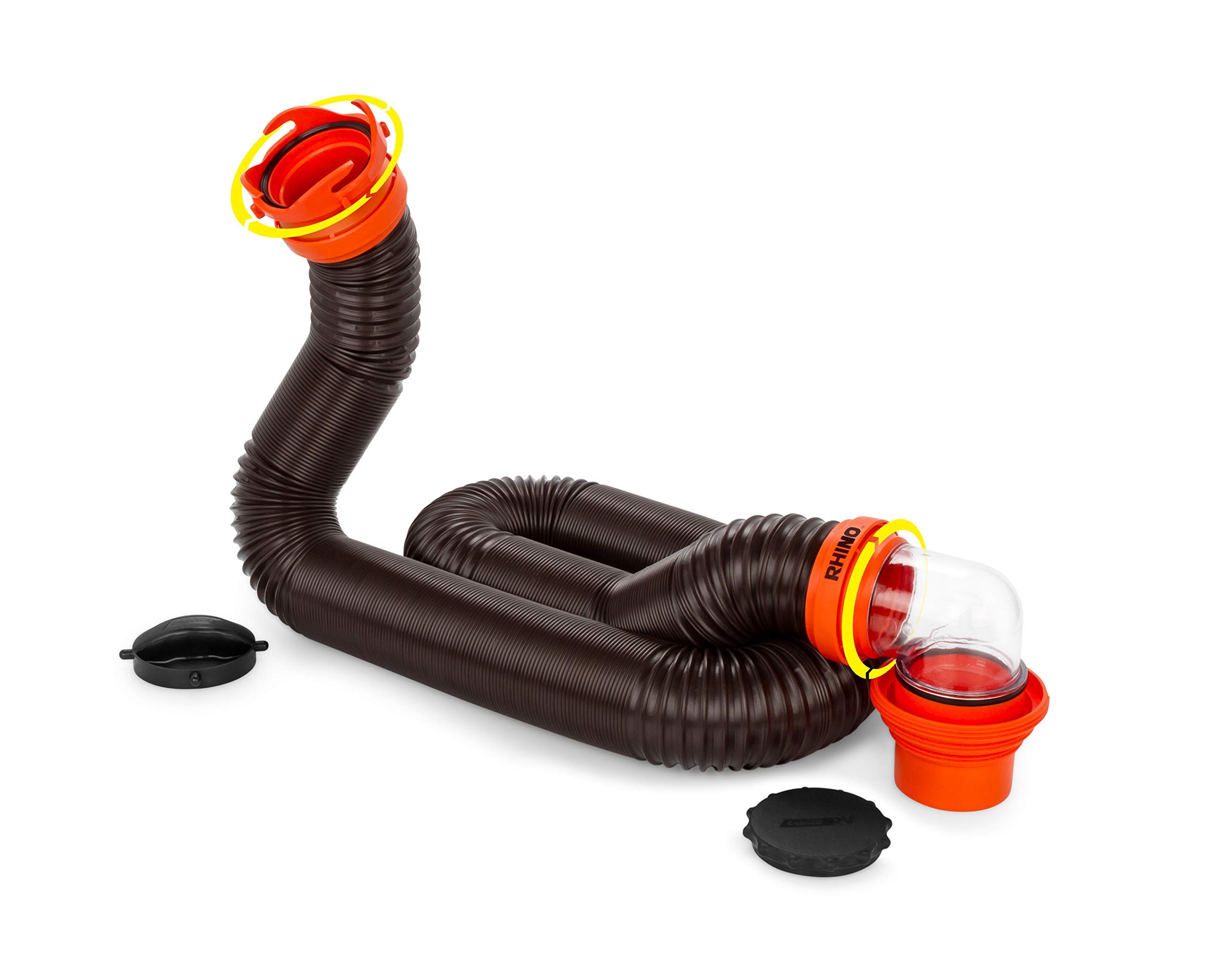
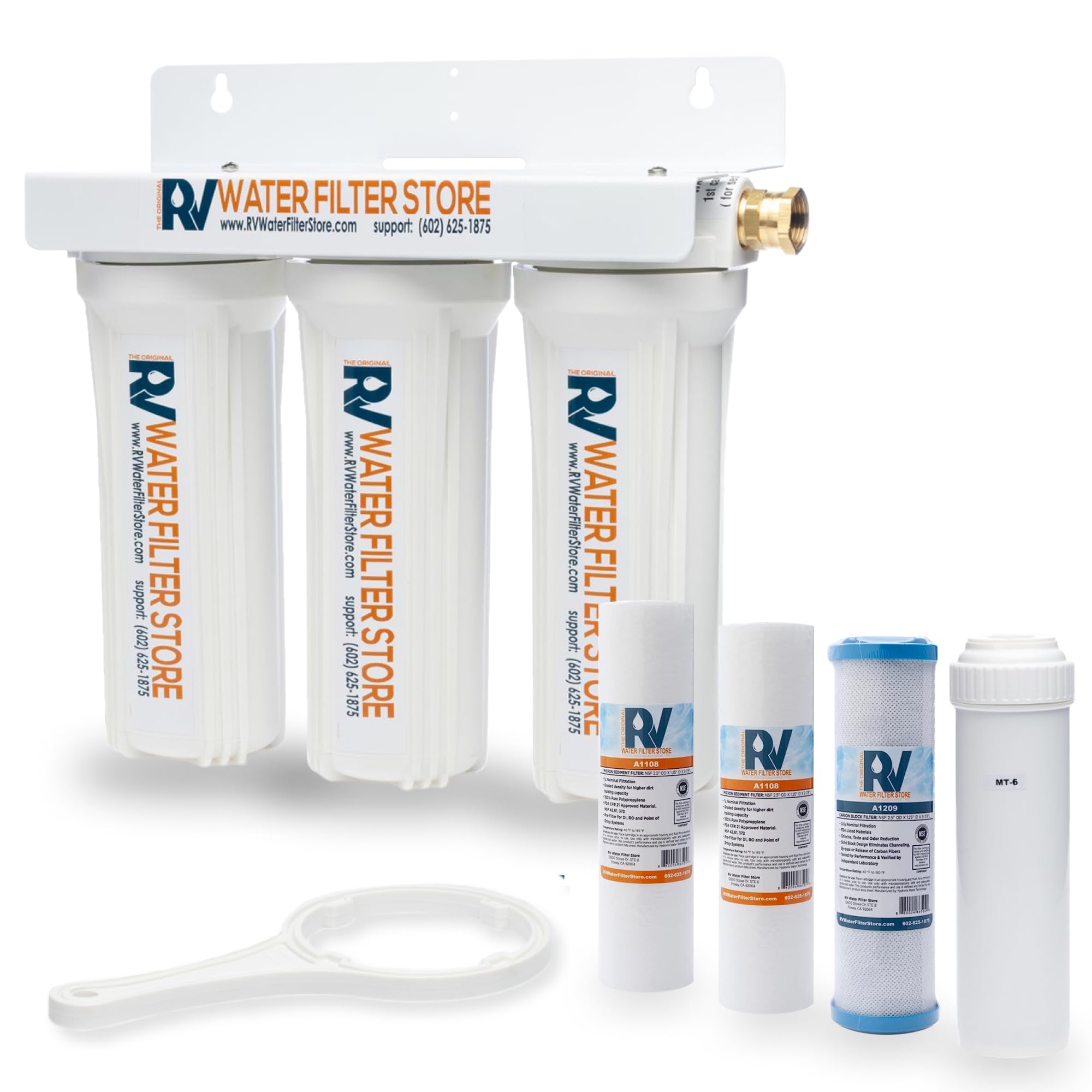
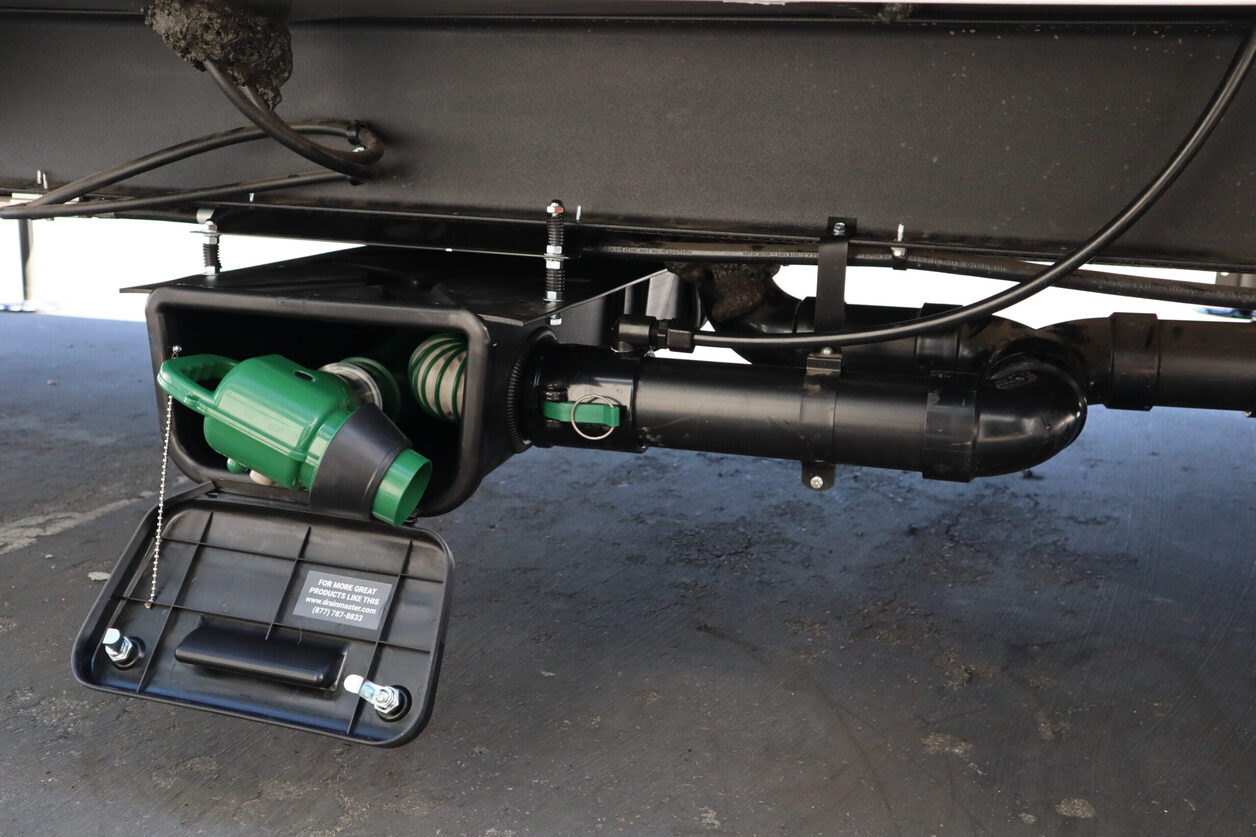
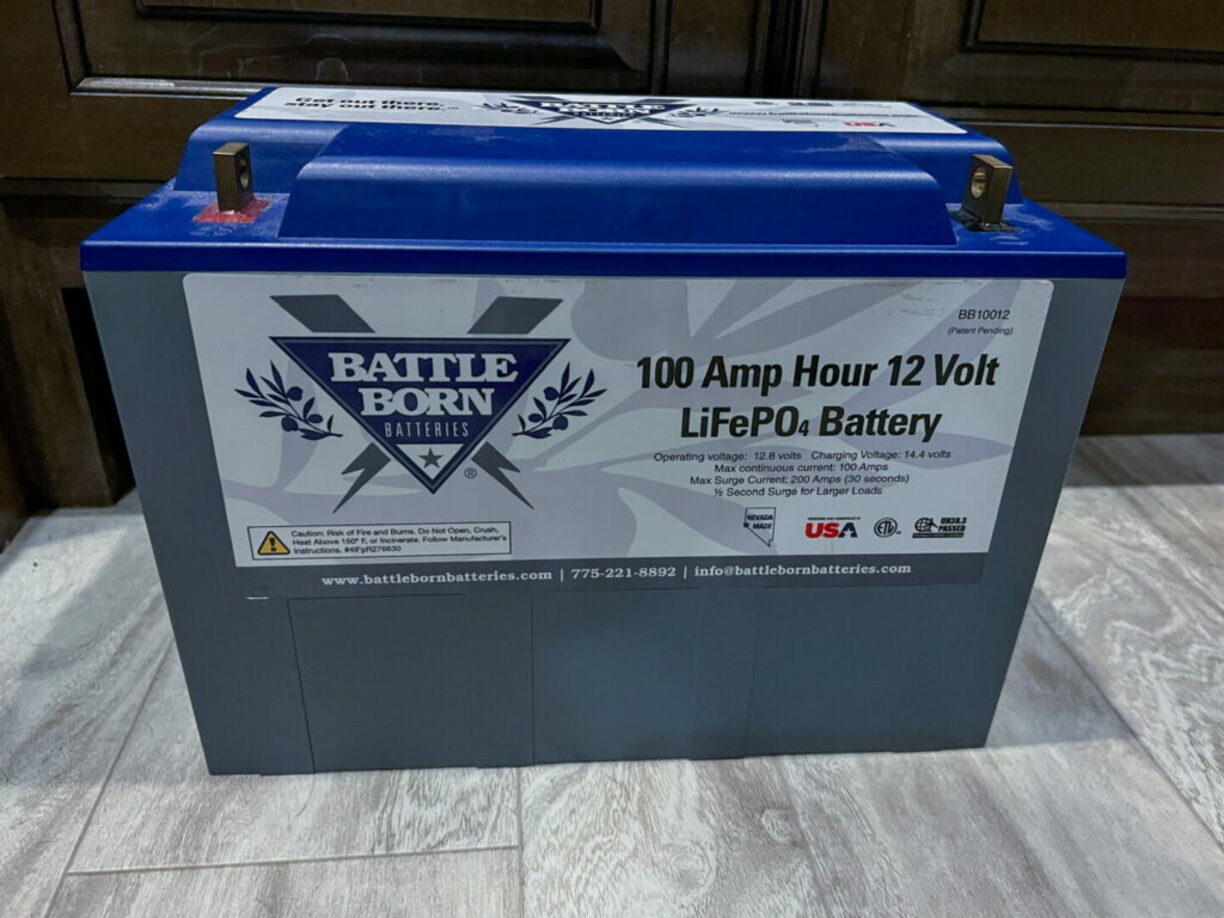

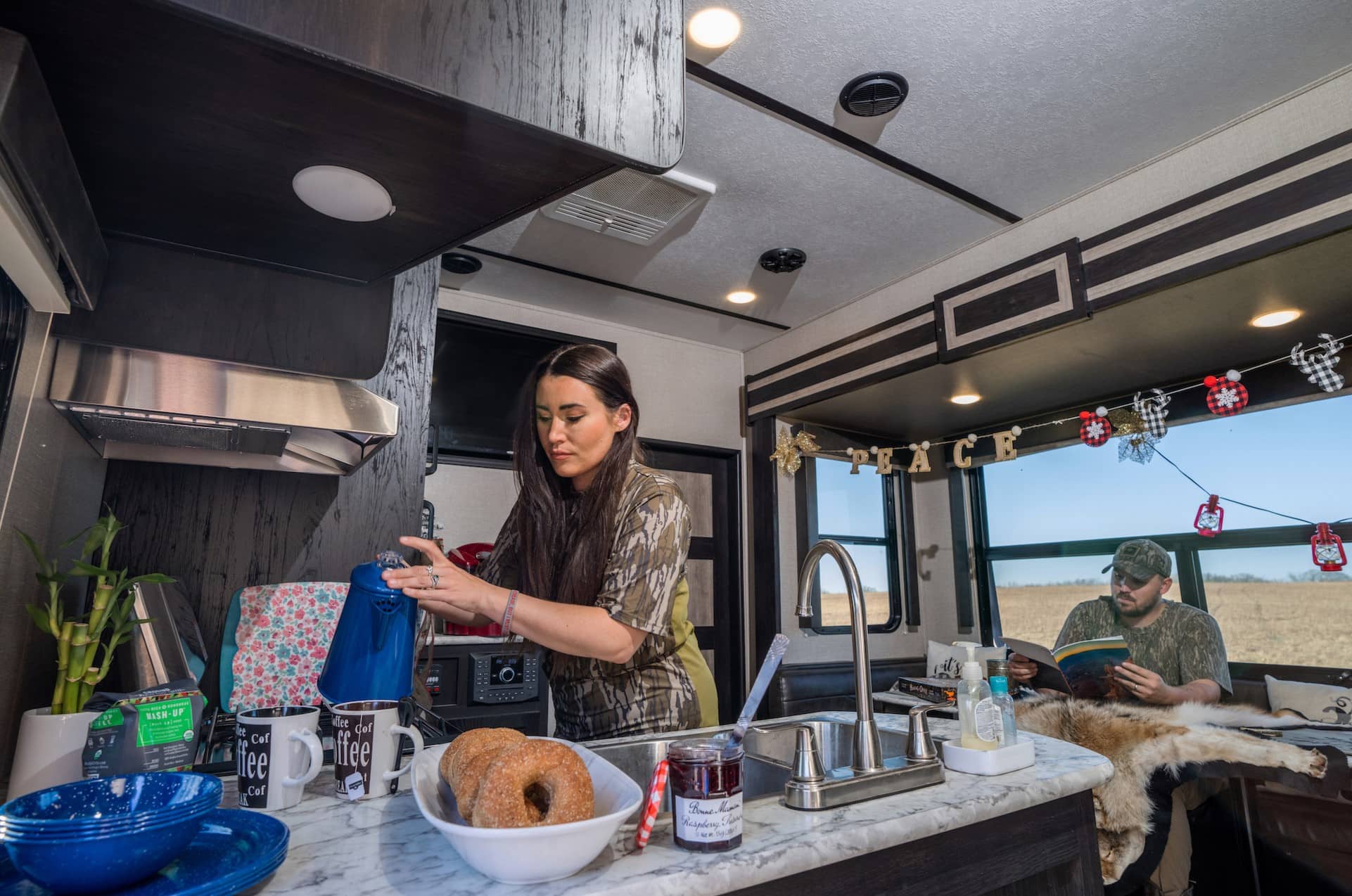
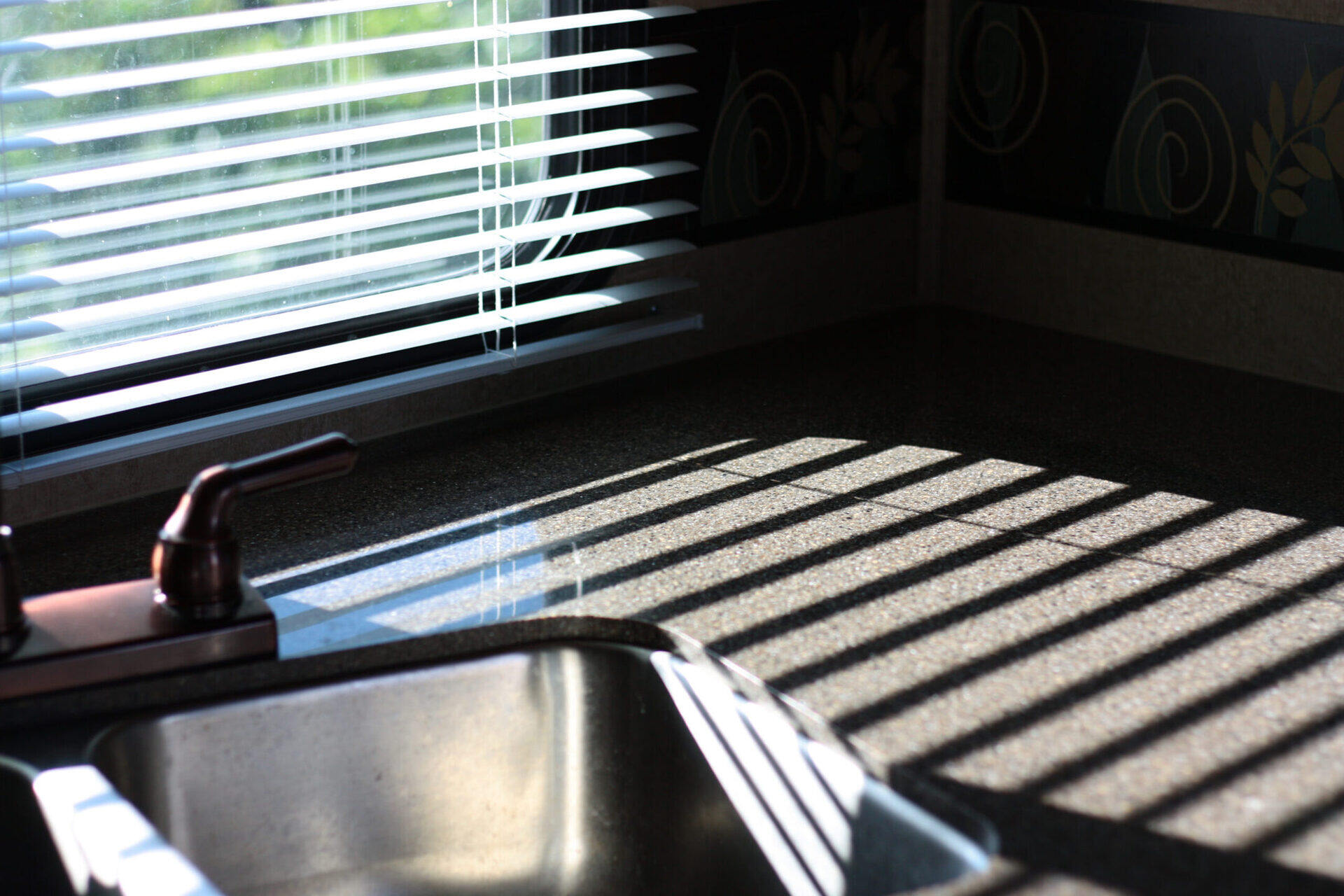
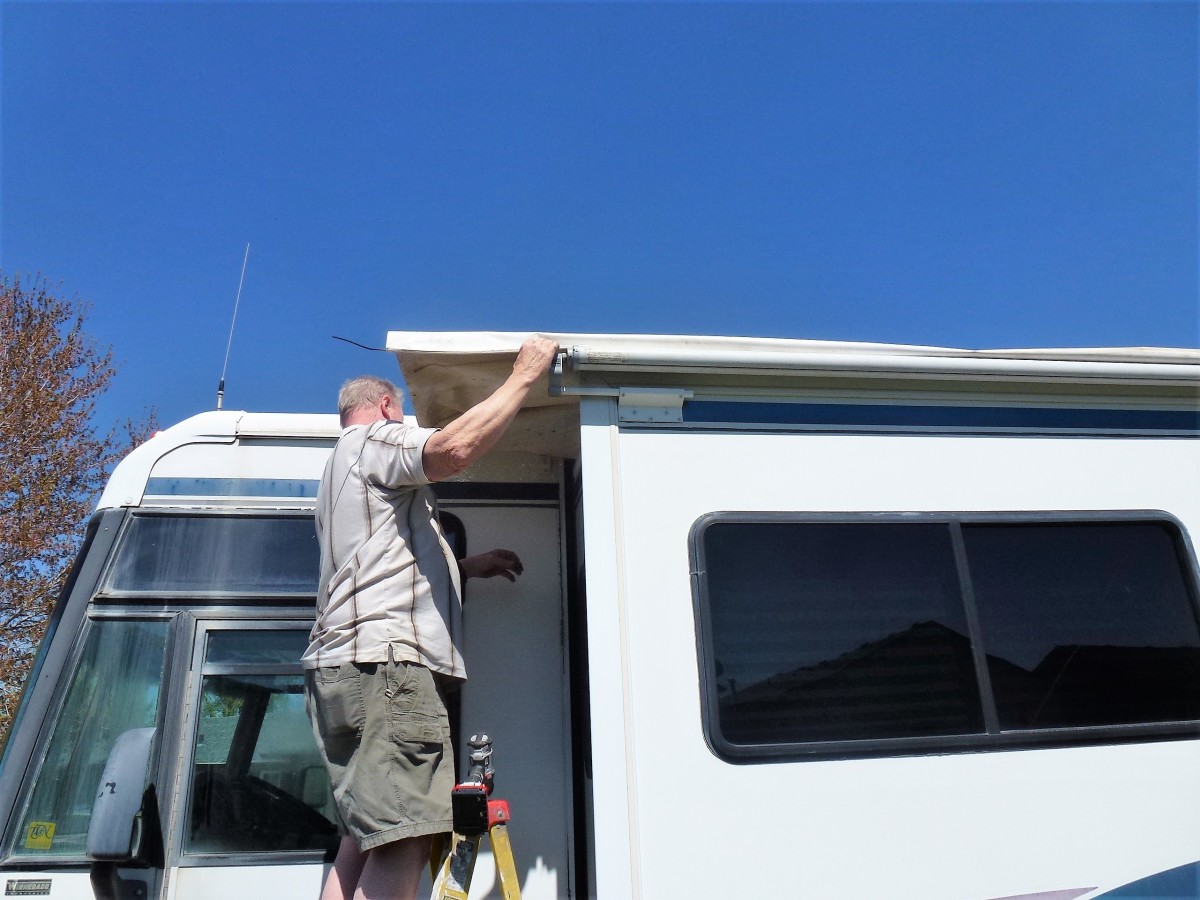
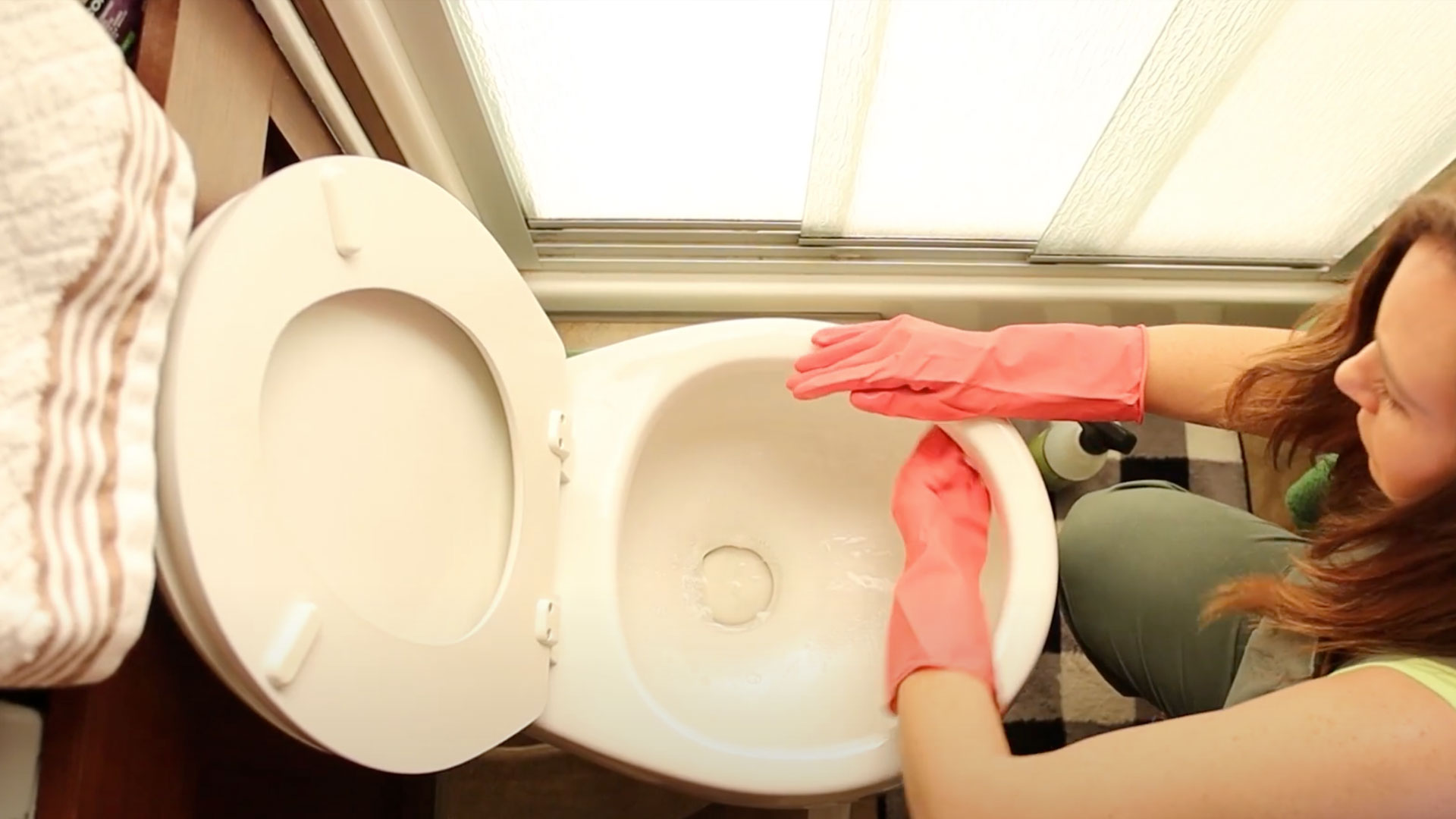
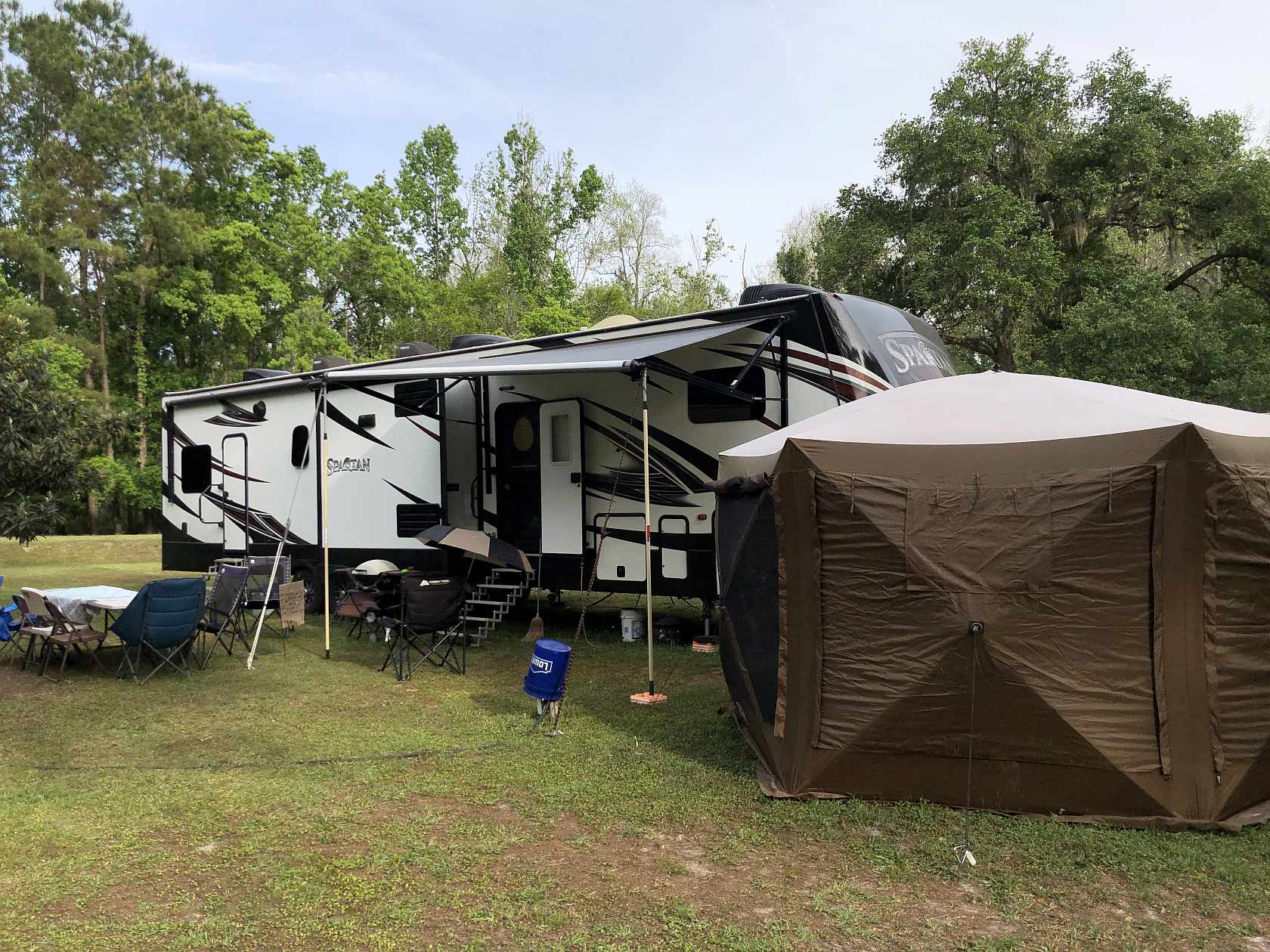
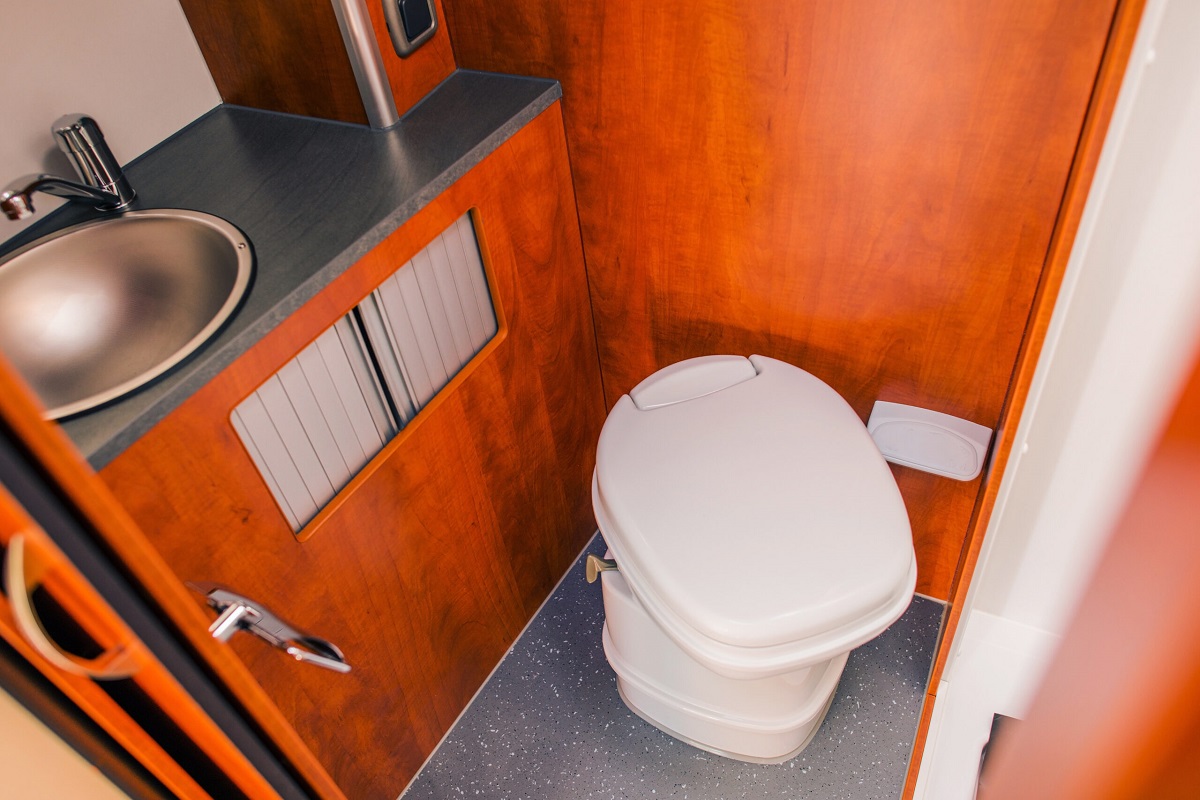
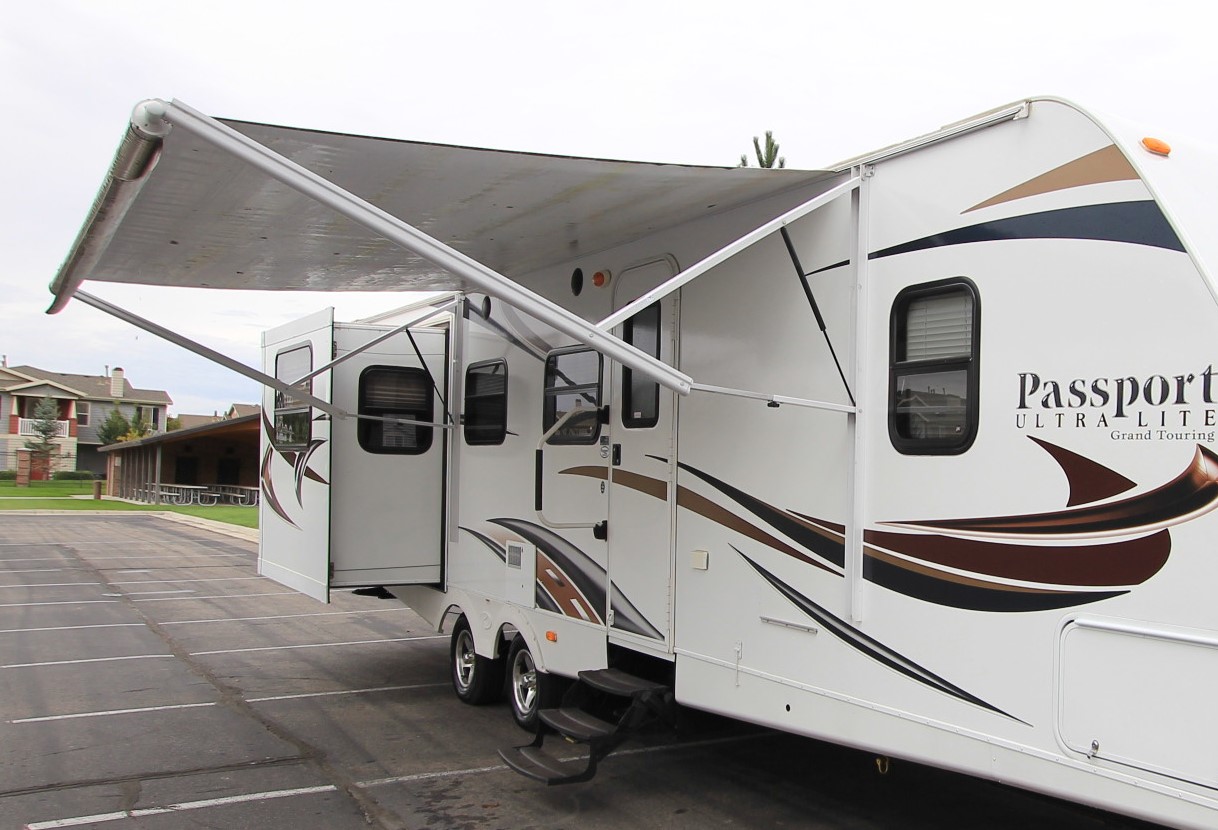

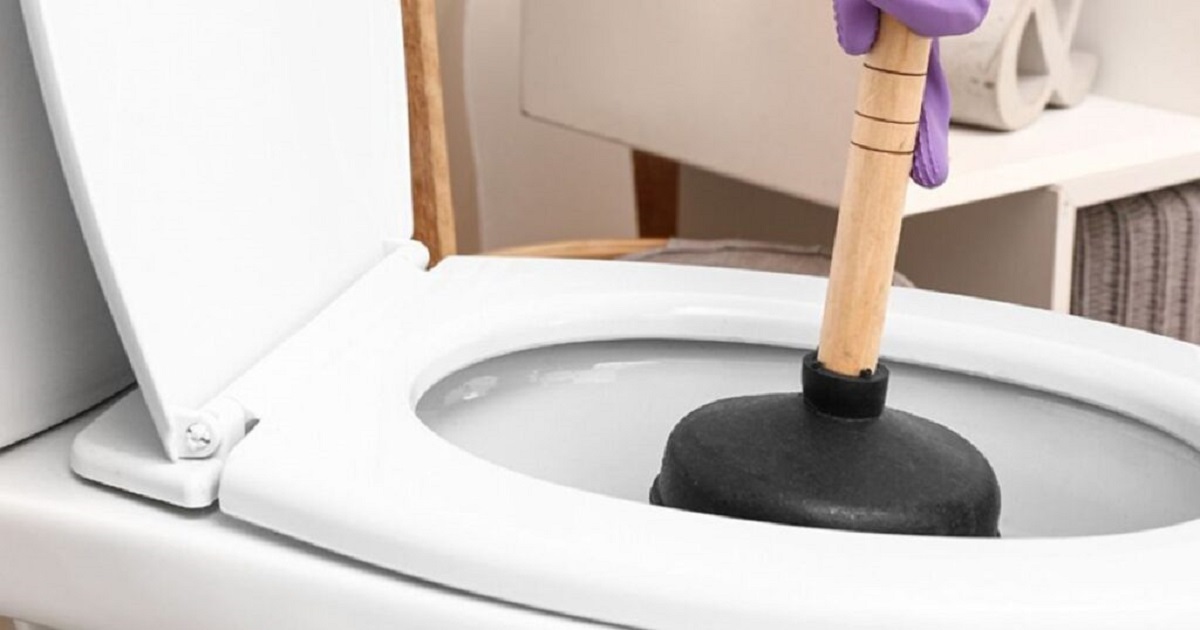

0 thoughts on “How To Store RV”